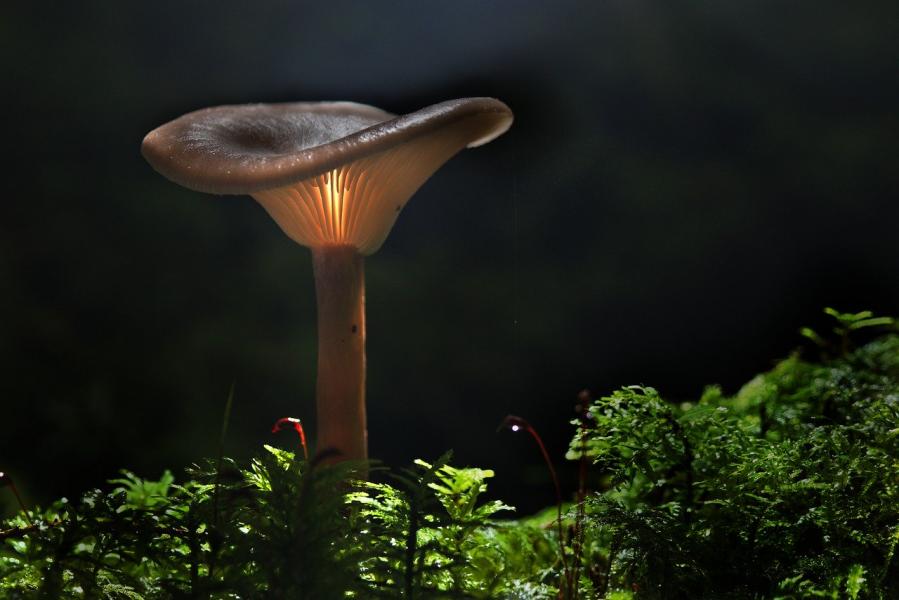Biodiversity and interactions essential to trees
The inspiration for this article came from a very comprehensive book entitled "Dix facteurs clés pour la diversité des espèces en forêt - Comprendre l'Indice de Biodiversité Potentielle (IBP)", by C. Emberger, L. Larrieu and P. Gonin, published by the Centre National de la Propriété Forestière. This article summarises the main "biological interactions essential to trees", involved in three major aspects of the life of trees and forests:
Regeneration
« Flower pollination » is a well-known phenomenon when it comes to flowers with petals, but less so when it comes to trees. However, they too have flowers, albeit less colourful, but some of them are well pollinated by insects: the flowers of corm trees, rowan trees, alders, willows, maples, etc. Don't forget that almost 70% of plants need insects to reproduce!
« Seed dispersal » : once fertilised, these flowers produce fruit and seeds which are then eaten by animals: mamals, birds and insects will help to disperse these seeds and transport them further afield to "migrate" the trees.
A "substrate conducive to the regeneration of certain species": many living species are present in the soil. This is the case for insects and fungi, which will then work to alter and decompose the dead wood. So-called windfalls, trees that have fallen to the ground, will enter a decomposition phase, providing a very good substrate for the germination of a number of forest species.
Growth and productivity
Soil fertility: many organisms help to decompose organic matter that has fallen to the ground (leaves, dead wood): earthworms, arthropods, fungi and bacteria stir up this matter, decompose it and dig it into the soil. These combined actions lead to the mineralisation of this organic matter, enriching the soil with the ions and simple molecules needed for tree growth.
Tree-fungus symbiosis, the action of mycorrhizae: mycorrhizal fungi develop filaments that associate with tree roots: this is mycorrhizal symbiosis, where the fungi receive sugars from the tree roots, produced by photosynthesis, which they cannot produce themselves. In exchange, the fungi supply the trees with the water and nutrients they need, thanks to their filaments, which can explore the soil further and more efficiently than the roots.
Protection against external aggression
Species regulation: certain predatory birds will help to limit the population of "pest" insects, thus naturally regulating their proliferation. One example is the titmouse, a formidable predator of the processionary caterpillar. They eat up to 500 caterpillar. They eat up to 500 caterpillars a day in winter, helping to limit the damage caused to trees.
Root protection: the filaments of the mycorrhizal fungi mentioned above also have a role to play in protecting roots, forming a veritable mechanical barrier, a protective "mantle" that shields tree roots from possible attacks by pathogens.

